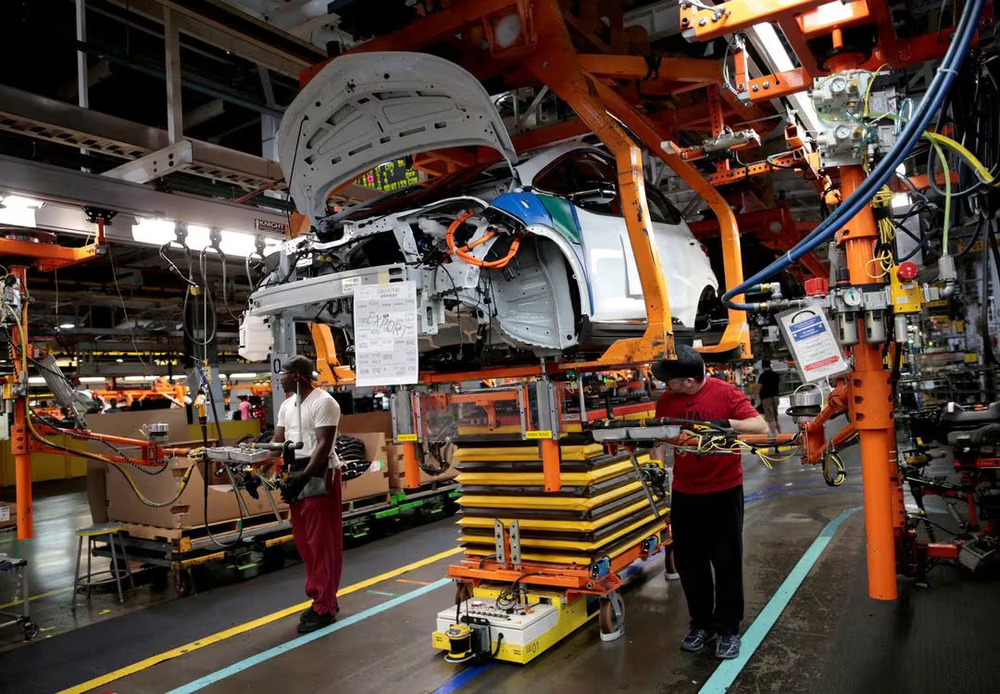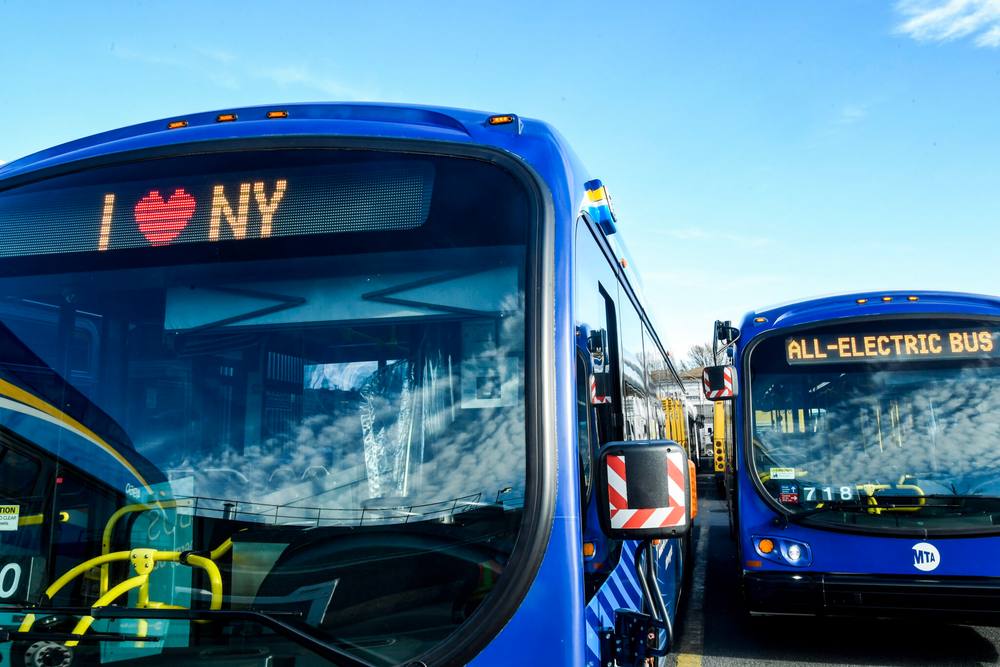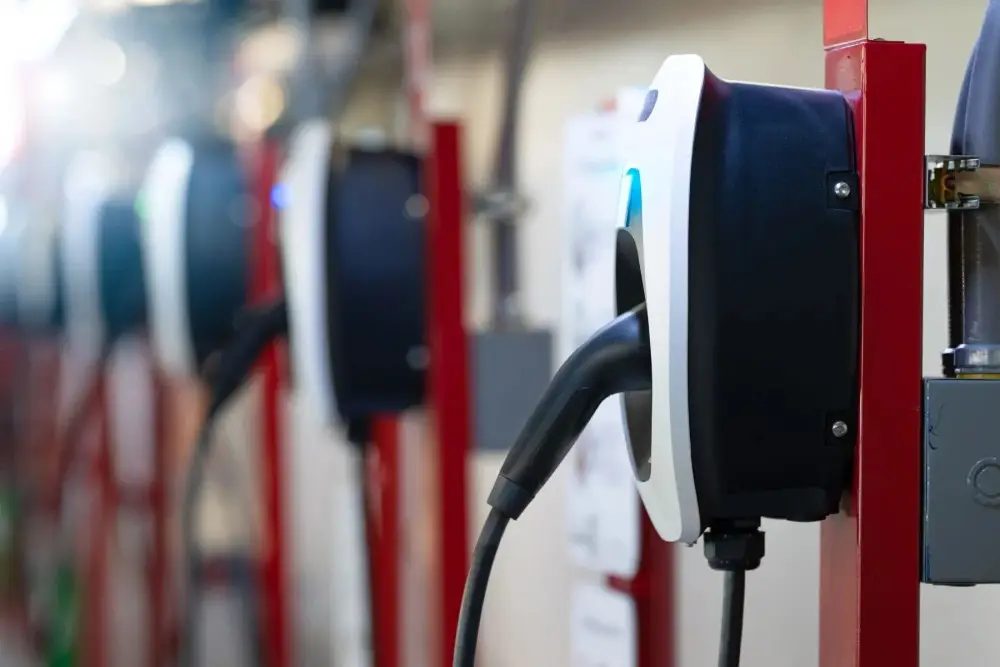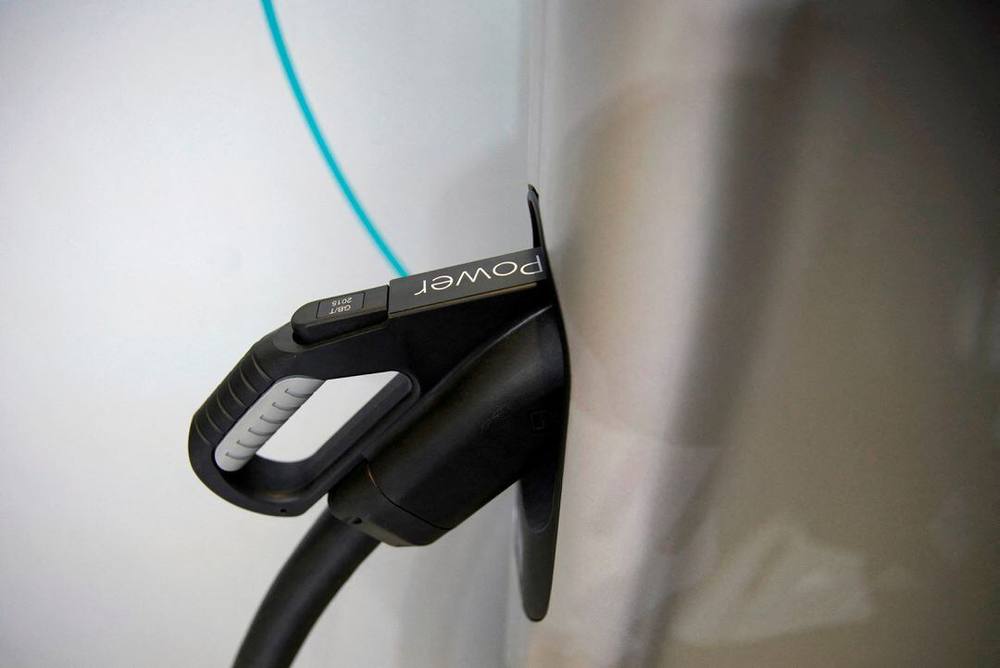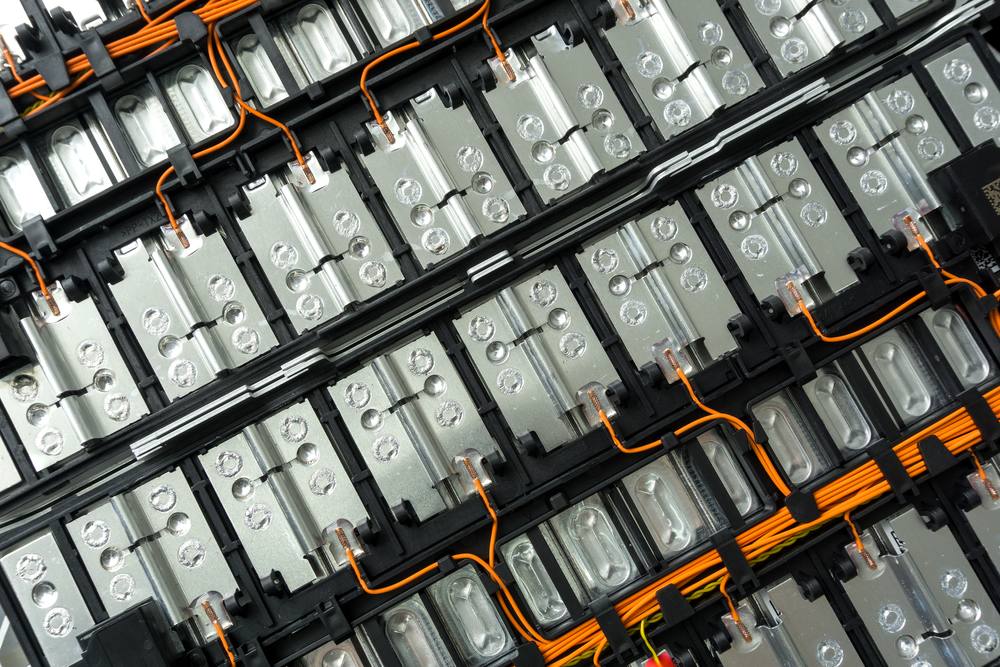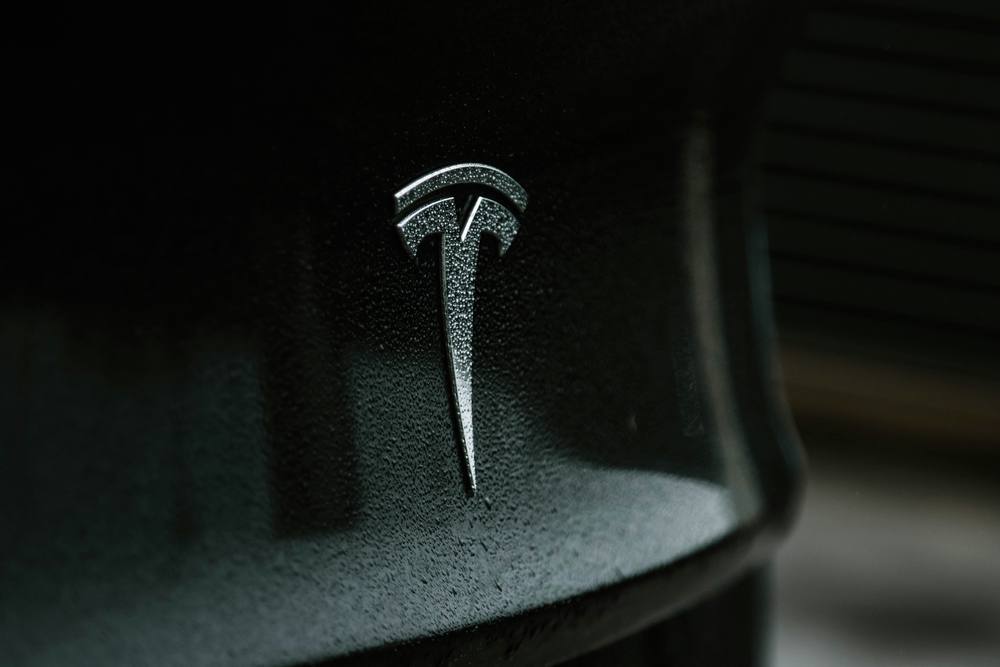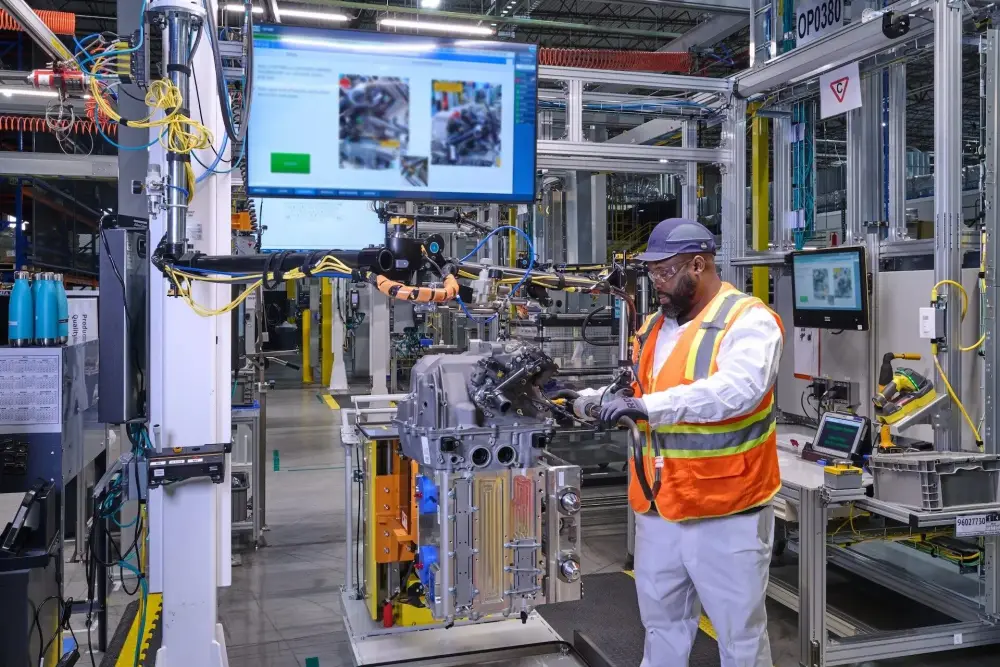New Battery Requirements
The new eligibility for tax credits stipulations by the US Treasury have come into force, starting from 01/01/24. This has resulted in the number of EV models that qualify for IRA credits (up to $7.500) falling from 43 to 19. This is due to new battery sourcing requirements, to make the EV supply chain less dependent on China. However, the number of qualifying models may increase (slightly) as some OEMs have not submitted information on eligible vehicles. For example, Tesla’s Cybertruck is not on the list however the company is confident that it will likely qualify for the tax credit later on in 2024. Other automakers, such as Volkswagen and Nissan are working hard to meet the new tax credit requirements, as it has a material impact on sales.
New York invests in zero-emission buses
New York’s Metropolitan Transportation Authority (MTA) has announced it will be investing $552.8m in buying 205 battery-electric buses and 224 clean diesel buses. This push from the MTA stems from its target of having an all-electric bus fleet by 2040. Currently, it has a bus fleet of 5,840 with c1,300 being low-emission hybrid buses and 15 electric buses. Thus, this investment is the first critical step towards hitting that 2040 target. The MTA is also improving and upgrading 13 of its subway and Staten Island Railway stations across all 5 boroughs.
Key developments in charging infrastructure
The Biden-Harris Administration has announced that it will issue $623m in grants, to flesh out and ramp up EV charging infrastructure and hydrogen fuelling infrastructure. The administration has set itself a target of creating over 500,000 publicly accessible EV chargers by 2030. This program has highlighted 47 projects across 22 states (so far) that it will support. For example, $70m has been set aside for Texas to ramp up hydrogen fuelling stations for freight trucks in major cities. $15m has been set aside for California, for EV chargers at county library branches. For the last c18 months, the Inflation Reduction Act (IRA) has been the poster child for all things EVs, however, these grants are from the Bipartisan Infrastructure Law’s (BIL) $2.5bn Charging and Fuelling Infrastructure Discretionary Grant Program. We expect the BIL will play a bigger role in deploying capital this year by investing in more EV infrastructure projects, alongside the continued rollout of the IRA. It appears it is a solid one-two combo, as the BIL focuses on expanding the EV charging network and the IRA focuses on ramping up EV adoption.
GDI secures loan to boost EV battery production
GDI, a New York-based silicon anode startup, has announced it will be receiving a €20m loan from the European Investment Bank (EIB). This capital will be deployed to scale EV battery production at a factory in Germany. EIB has also taken an equity stake in GDI, via the InvestEU programme, which aims to boost investment, innovation, and job creation, via new technologies, in Europe (over 2021-2027). GDI follows in the footsteps of Sila as the latest American anode startup to gain traction and investment. It appears that President Biden’s strategy to be less reliant on the Chinese supply chain is beginning to show. Bear in mind China refines more than 90% of the world’s graphite and (relatively) recently introduced export curbs. Thus, this has acted as a tailwind to look for alternative sources and although this is a great start, it is still only the beginning. GDI’s anodes, compared to graphite anodes, are reported to provide 30% more energy density which means (potentially) EV batteries have better/greater range whilst the charging time is only 15 minutes.
Kia & Uber partner to develop electric ride-hailing vehicles
Kia and Uber have signed an MoU which will focus on collaborating on developing and deploying electric purpose-built vehicles (PBVs) for ride-hailing. This strategic partnership will leverage Kia’s deep expertise in EV manufacturing to develop PBVs tailored to the specific needs of Uber drivers and its passengers. Uber will leverage its extensive network and history to provide insights and data to help nurture the development process. This should help Uber drivers access affordable EVs and thus help ramp up adoption in the coming years and decades.
Musk calls for barriers amid competition
Elon Musk has publicly asked for trade barriers to be implemented against Chinese EV OEMs. This stems from his fear that Chinese OEMs will gain a dominant EV (European) market share, as they are ahead of the majority of their European peers. Let’s not forget that BYD (for the first ever) overtook Tesla for BEV sales in Q4 23. Mr Musk ignited a price war in 2023 to increase sales and it did work (to an extent) which led to many other EV OEMs following suit however this put pressure on their margins. The EU launched an anti-subsidy probe last year and intends to visit Chinese EV OEM sites to investigate. Industry conjecture indicates that there is a high likelihood that a tariff (of some sort) will be levied on Chinese EVs.
LAUSD orders 180 V2G electric buses
The Los Angeles Unified School District (LAUSD) has placed an order for 180 electric zero-emission buses with Blue Bird (an American bus manufacturer). This is the largest order ever placed by LAUSD and the first tranche of this order is pencilled in to be delivered by Q4 24. Interestingly, 150 of these buses will be All American and 30 will be the Vision model electric buses however all 180 buses will have vehicle-to-grid-capability (V2G). There are a couple of V2G projects in that region and the theory behind this strategy is that the LAUSD will be able to sell excess energy stored, in the bus batteries, to electric companies for a profit.
GM & Honda launch large-scale fuel cell production
GM and Honda have begun production at Fuel Cell System Manufacturing LLC (FCSM) thus making it the first instance of large-scale fuel cell manufacturing by a JV. The FCSM is a material step forward in an effort to commercialise hydrogen fuel systems and is located in Michigan. Interestingly the FCSM facility uses innovative methods such as automating membrane-electrode-assembly production and fuel cell stack assembly resulting in better quality and higher manufacturing productivity.
Financing heavy duty zero-emission vehicles plicy solutions to increase access
Event spotlight
We attended a private event on financing heavy-duty trucks, hosted by Bank of America, UC Berkeley School of Law, and UCLA School of Law, which was held at CARB's headquarters, in Riverside, and brought together voices across the fleet, OEM, government and finance space. Risk for private investors remains one of the main factors blocking new capital from flooding into the EV fleet space. This risk can take many forms including the lack of a secondary truck market and accurate residual value data, a fragmented charging infrastructure process, varying maintenance requirements across dozens of unproven vehicles, and minimal education on the sheer investment opportunity in financing clean fleets.
To solve these risk factors, we need to: educate Lenders on these assets and the sheer size of the financing opportunity, build better communication around how grants and incentives can benefit Lenders, use public sector funds more creatively and flexibly, work with OEMs to create a secondary market more quickly, and apply any learnings from the light-duty sector to the trucking sector.
The California Air Resources Board, in November 2023, approved an almost $624 million funding plan for its incentive programs that will continue to help Californians, from truck fleet operators to commuters, make the switch to zero-emission vehicles. The key highlights from this funding plan include $375m to help public school districts purchase zero-emission buses, $14.3 million for a financing assistance program that targets operators and owners of small fleets and almost $60 million to support shared mobility projects, such as car or bike-sharing, in underserved communities.

